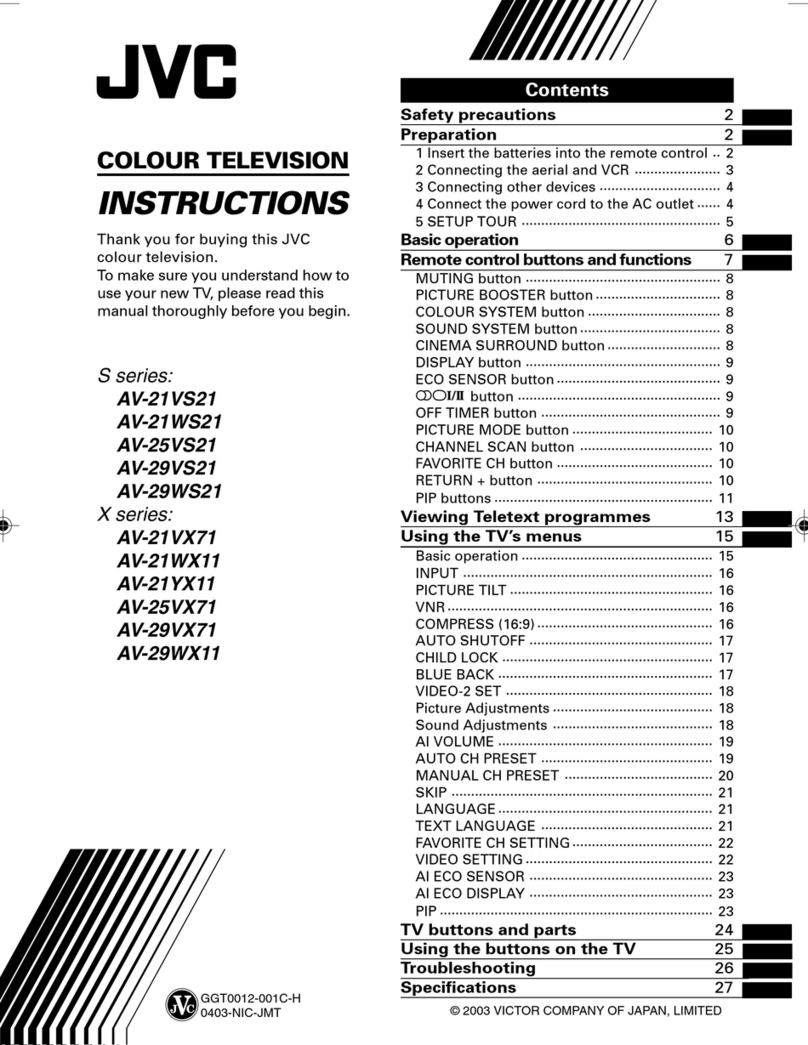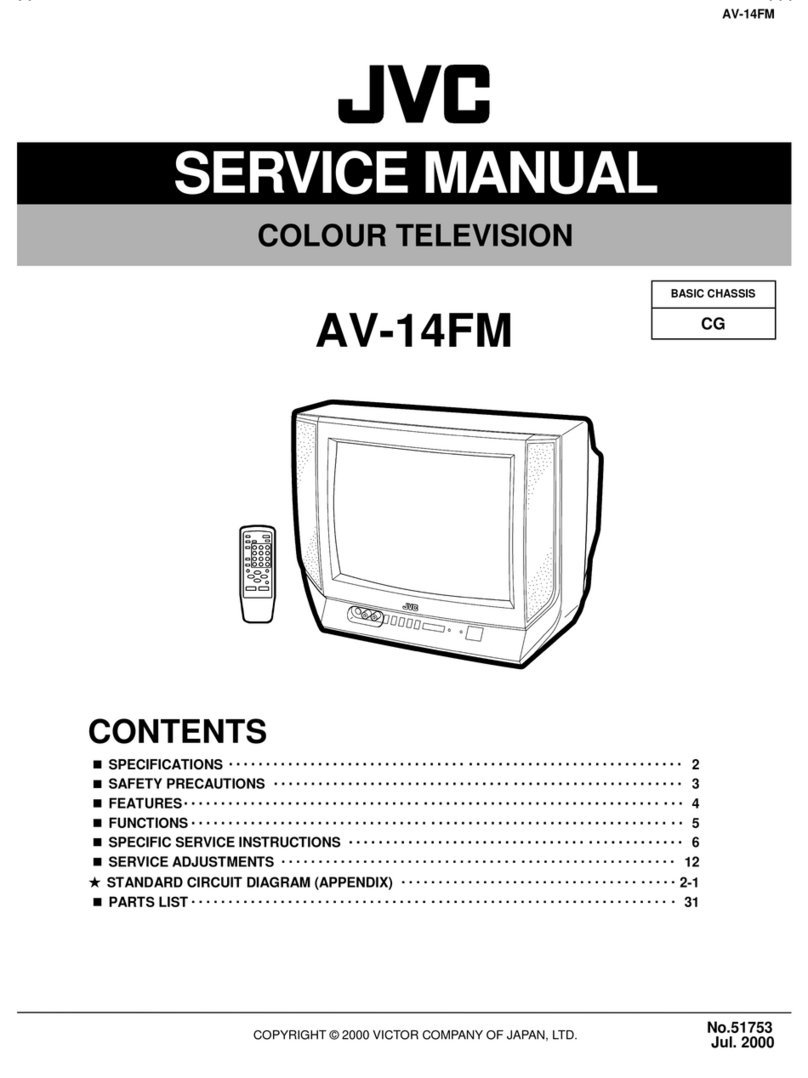JVC C-2627 User manual
Other JVC TV manuals

JVC
JVC AV-32H5SA User manual

JVC
JVC BLACK Sapphire JLE55SP4000B User manual
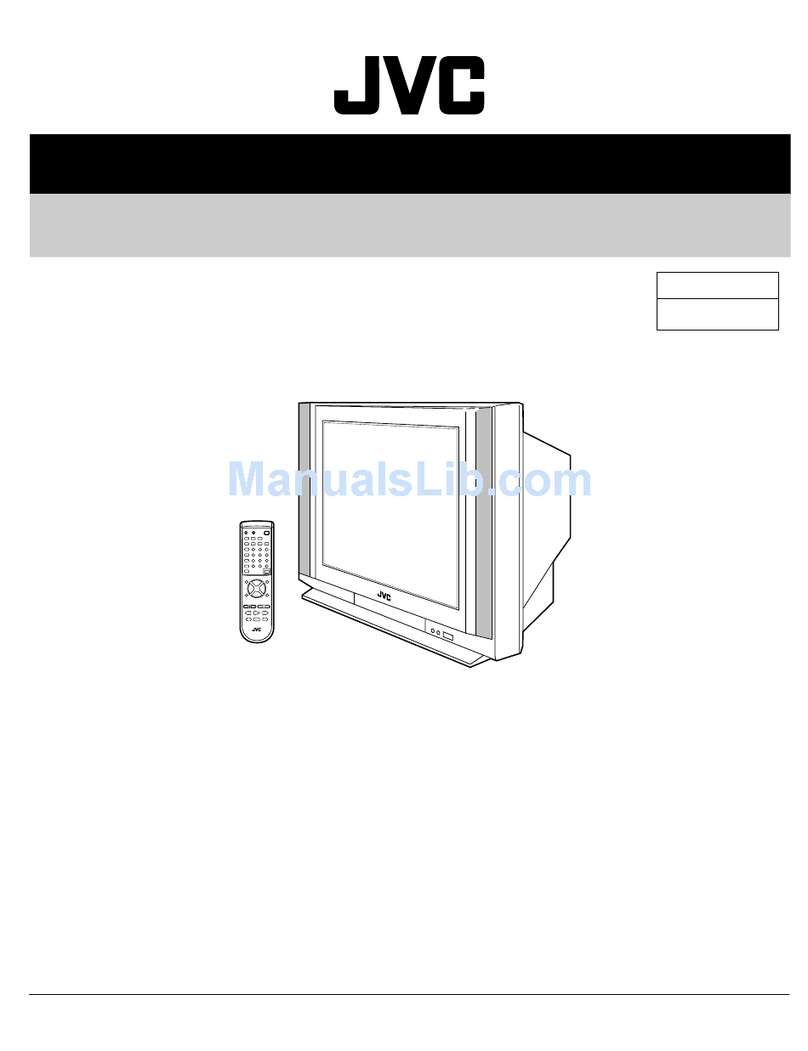
JVC
JVC I' Art AV-27F802 User manual
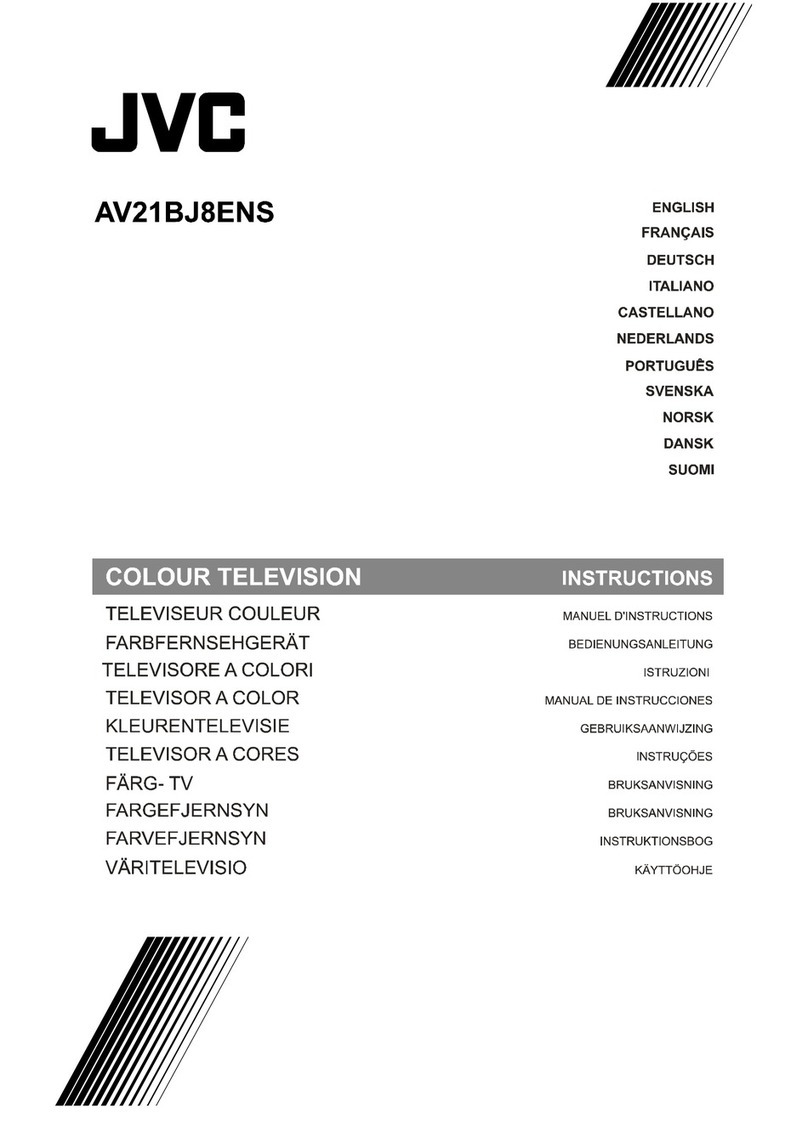
JVC
JVC AV21BJ8ENS User manual

JVC
JVC AV-32360 Quick start guide

JVC
JVC AV-21FT5SU Mounting instructions

JVC
JVC AV-14FN15 User manual
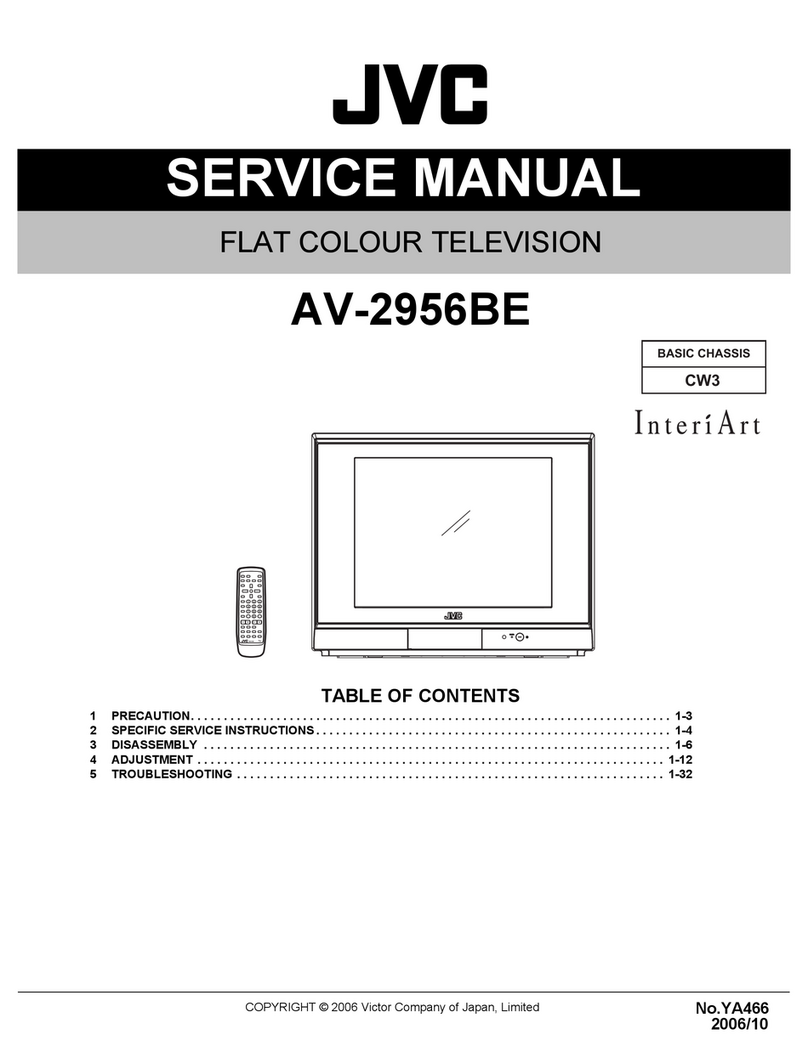
JVC
JVC AV-2956BE User manual
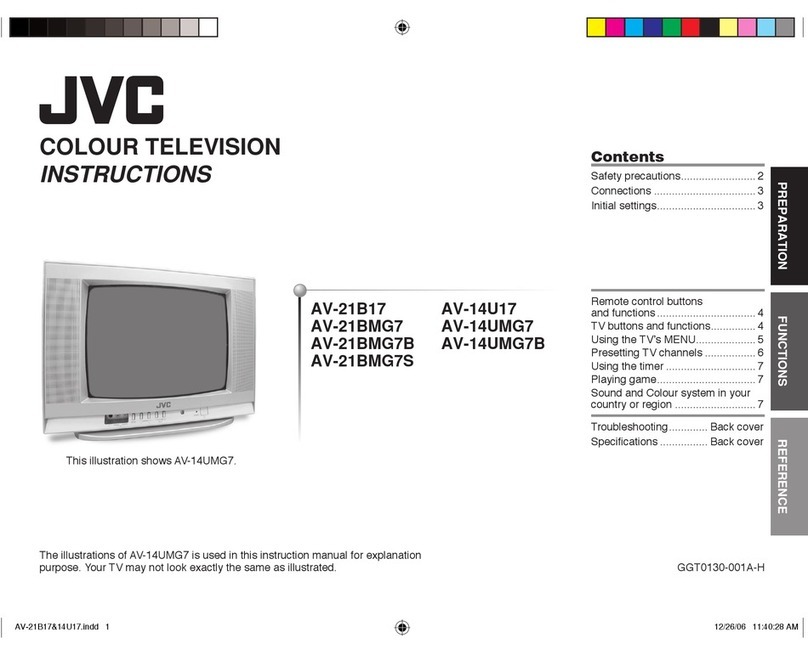
JVC
JVC AV-21B17 User manual
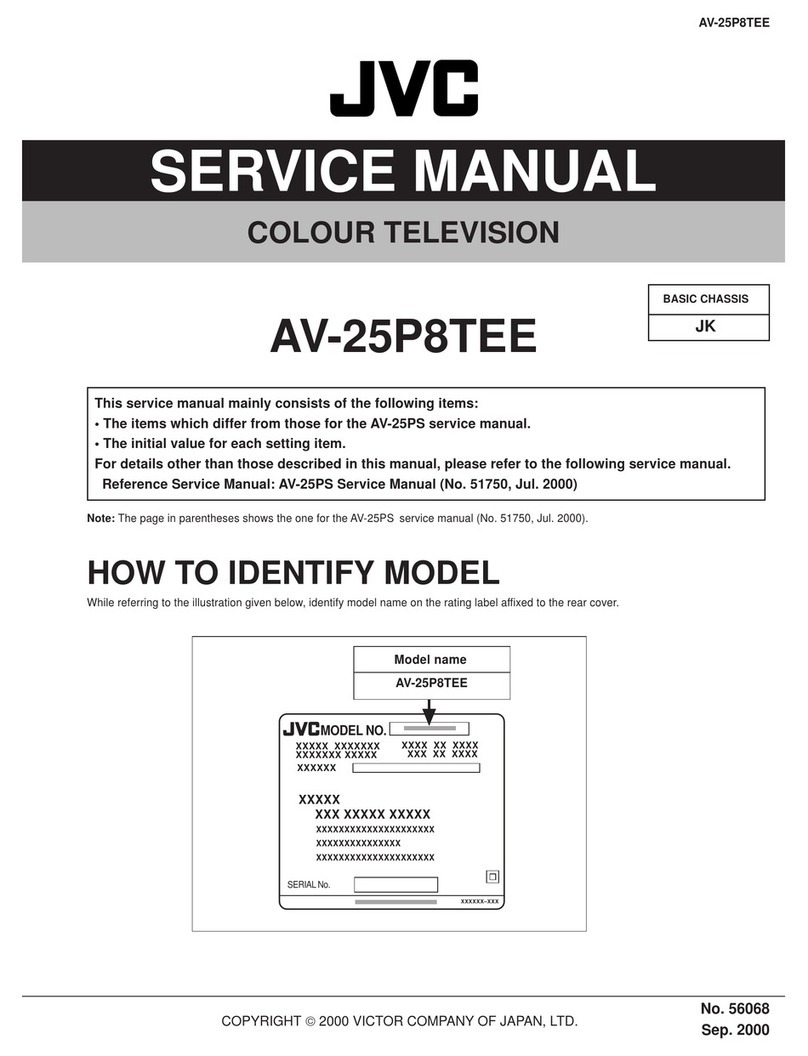
JVC
JVC AV-25P8TEE User manual
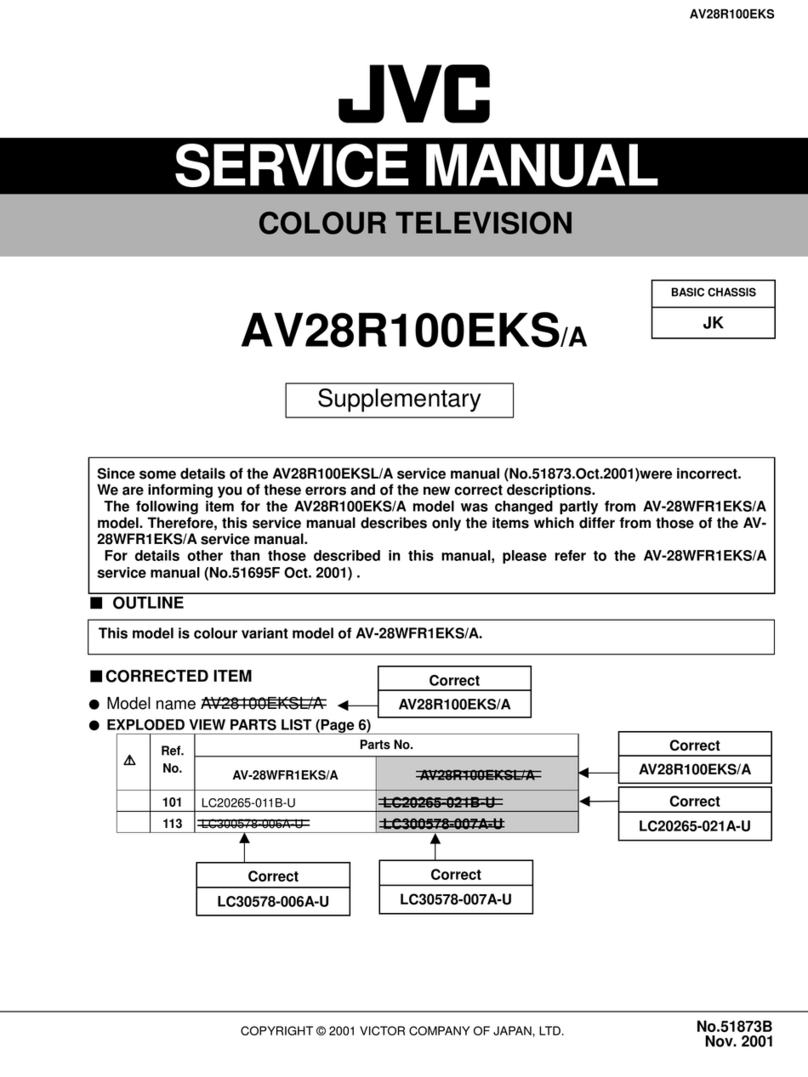
JVC
JVC AV28R100EKS User manual
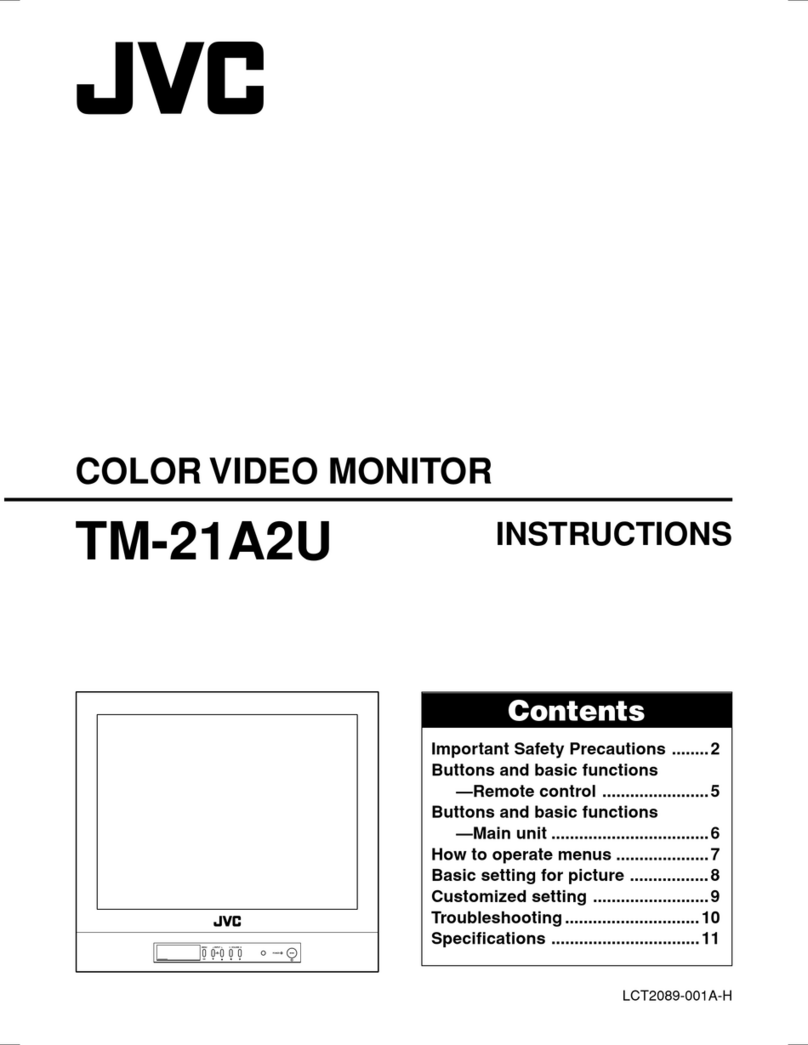
JVC
JVC TM-21A2 User manual
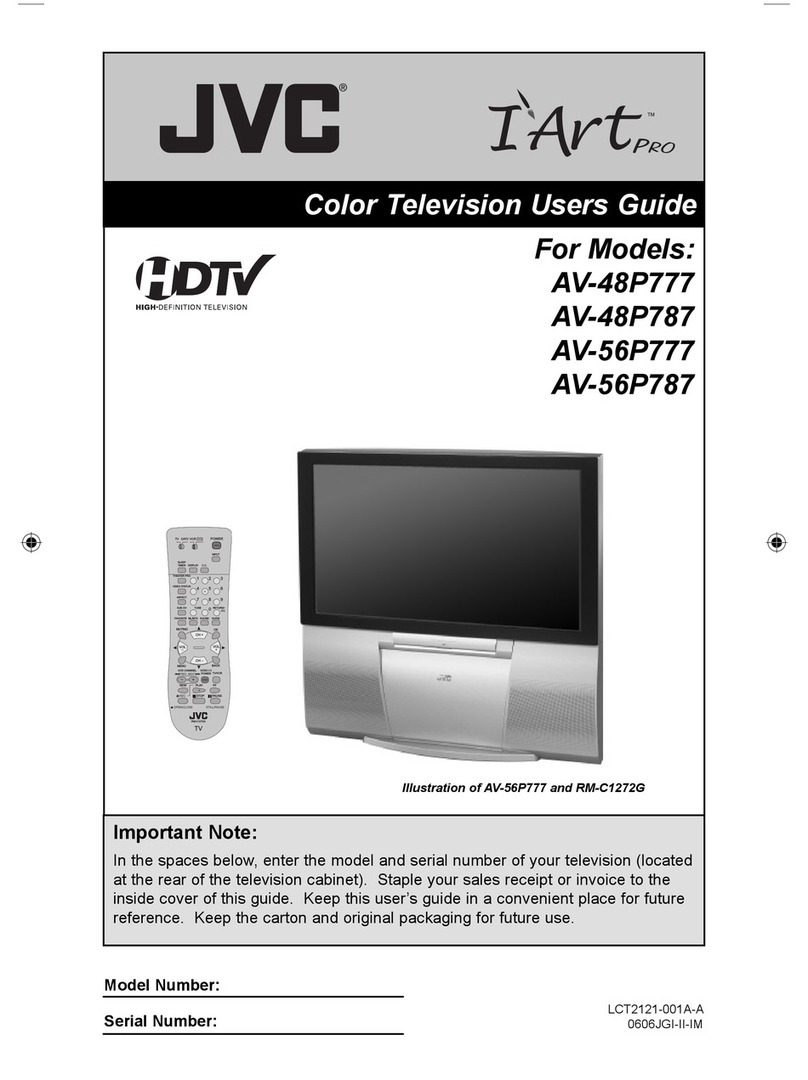
JVC
JVC I'Art PRO AV-48P787 User manual
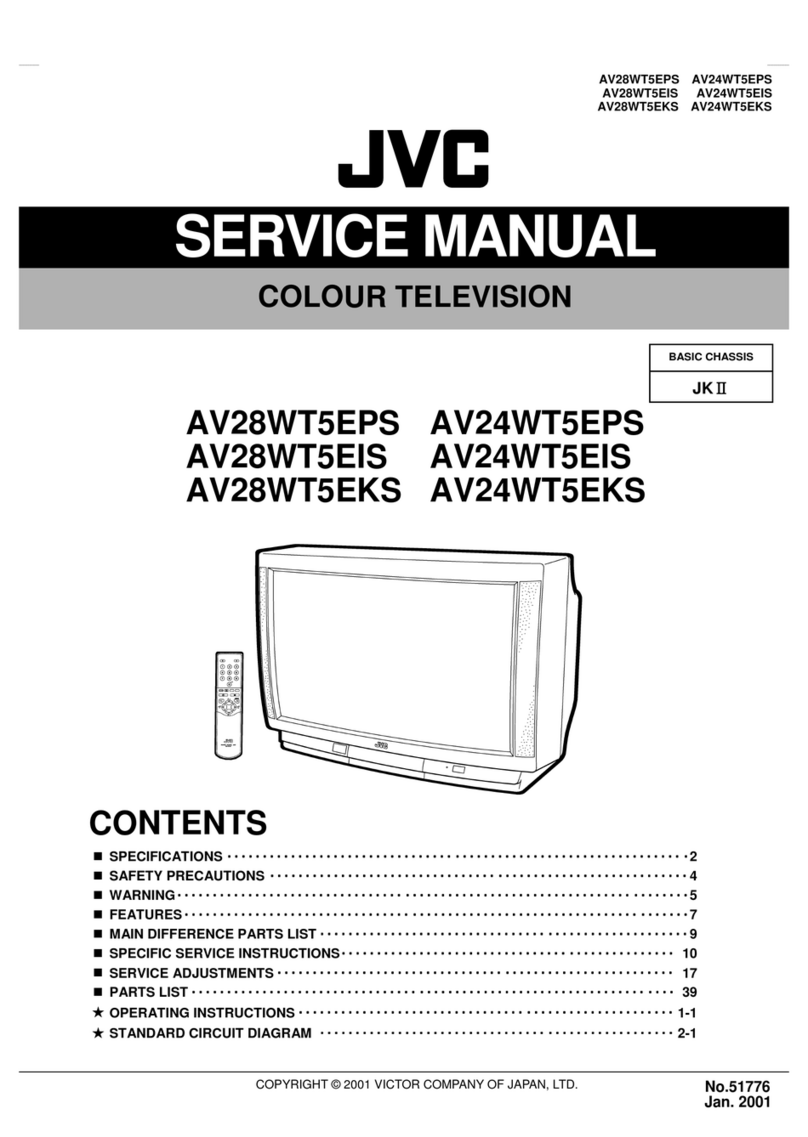
JVC
JVC AV28WT5EPS User manual
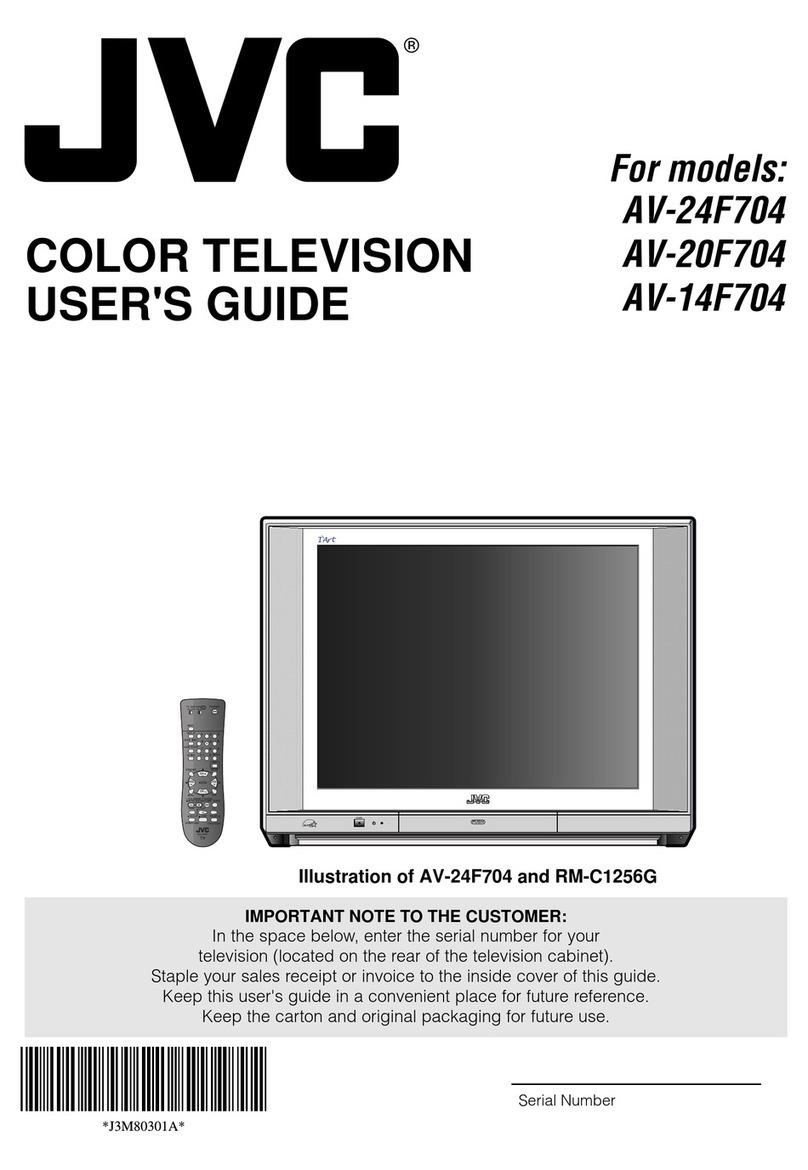
JVC
JVC AV 14F704 User manual

JVC
JVC LT-20J50SE User manual
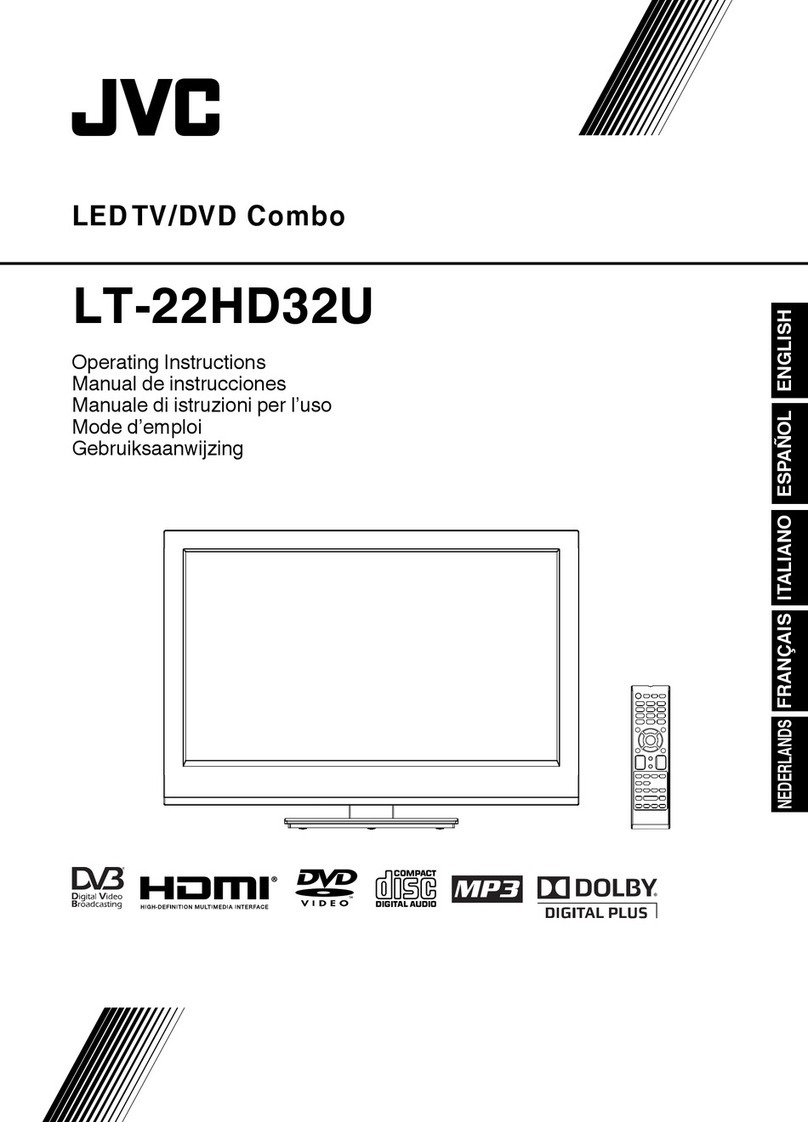
JVC
JVC LT-22HD32U User manual
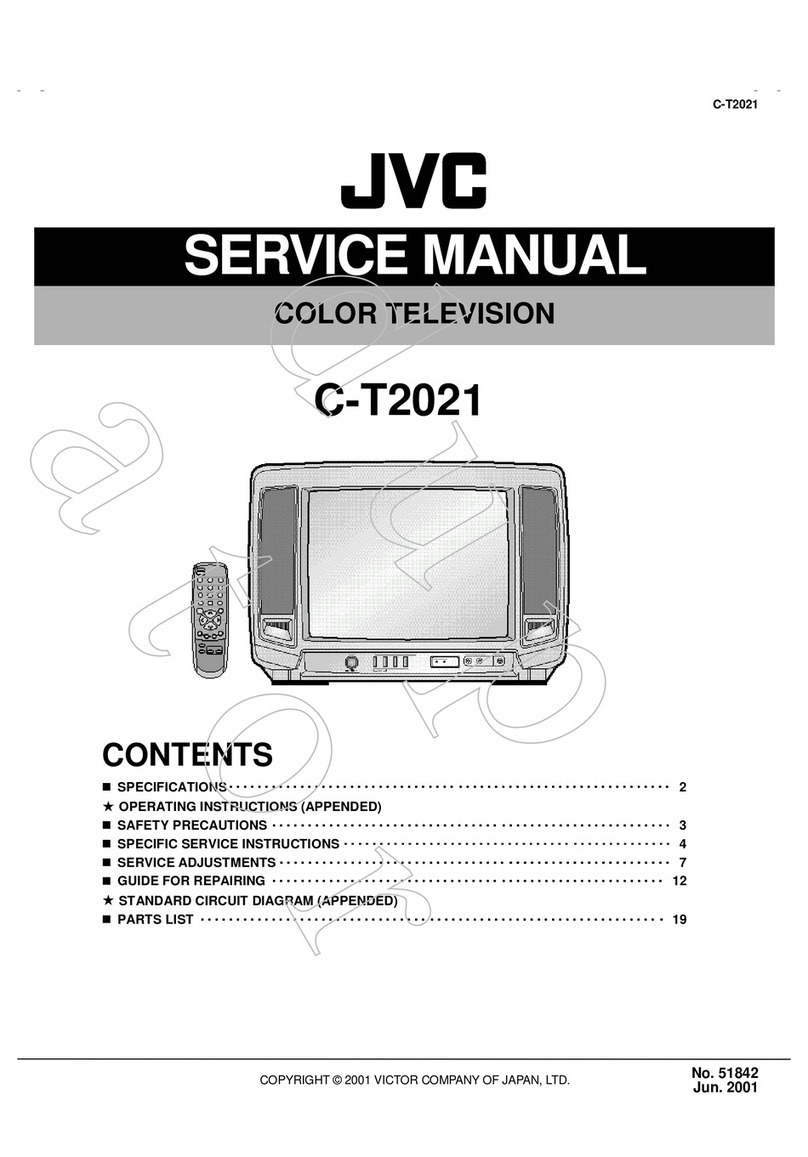
JVC
JVC C-T2021 User manual

JVC
JVC InteriArt AV-21QT4BU User manual

JVC
JVC AV28BT7ENS User manual

